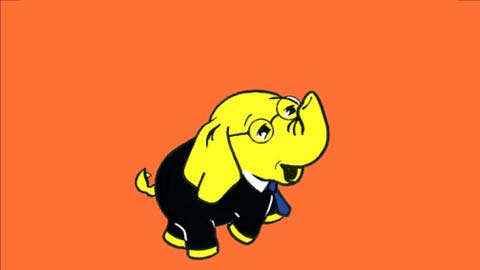Q1. What is the transaction data of the bank?
Q2. Which of these options is Hadoop named after?
Q3. Which of the following is not a component of the Hadoop ecosystem?
Q4. All the options given accurately describe Hadoop except one. Which one is it?
Q5. What is the term for the process of integrating data from multiple sources to create a unified view?
Q6. What is the term for the process of storing data across multiple servers to ensure redundancy and fault tolerance?
Q7. Which of these has the world's largest Hadoop cluster?
Q8. Which technology is commonly used for distributed messaging in Big Data systems?
Q9. What is the term for the process of analyzing large and complex datasets to uncover patterns, trends, and insights?
Q10. Which of the following is not a key feature of Apache Spark?
Q11. Which of the following is not a characteristic of Big Data?
Q12. What is the term for a collection of data that is too large to be processed using traditional database techniques?
Q13. How many V's are there in Big Data?
Q14. What can be described as a model for programming used to develop applications based on Hadoop that can process massive amounts of data?
Q15. Which of the following is not a characteristic of a data warehouse?
Q16. What is the term for the process of cleaning and transforming raw data into a usable format for analysis?
Q17. Which type of data refers to data that is generated in real-time or near real-time?
Q18. Which of the following is not a data type commonly encountered in Big Data?
Q19. Data is what size of bytes is known as Big Data?
Q20. Big Data can be found in how many versions?
Q21. Which technology is commonly used for real-time stream processing in Big Data systems?
Q22. Which of the following is not a challenge associated with Big Data?
Q23. Which of the following is not a layer of the Big Data stack?
Q24. Which type of database is optimized for handling transactional workloads and providing high availability?
Q25. Which technology is commonly used for real-time data analytics and visualization?
Q26. Hadoop is a framework. It is used with several types of related tools. What are its common cohorts?
Q27. Which technology framework is commonly used for distributed storage and processing of Big Data?
Q28. Which of these projects based on Hadoop is used by Facebook to tackle with Big Data?
Q29. What is the term for a large volume of data that cannot be processed using traditional database techniques?
Q30. Which technology is commonly used for distributed data storage in Big Data systems?
